The Great Dane lifespan has a reputation of being a below average lifespan- but does it have to be, and is it ACTUALLY?
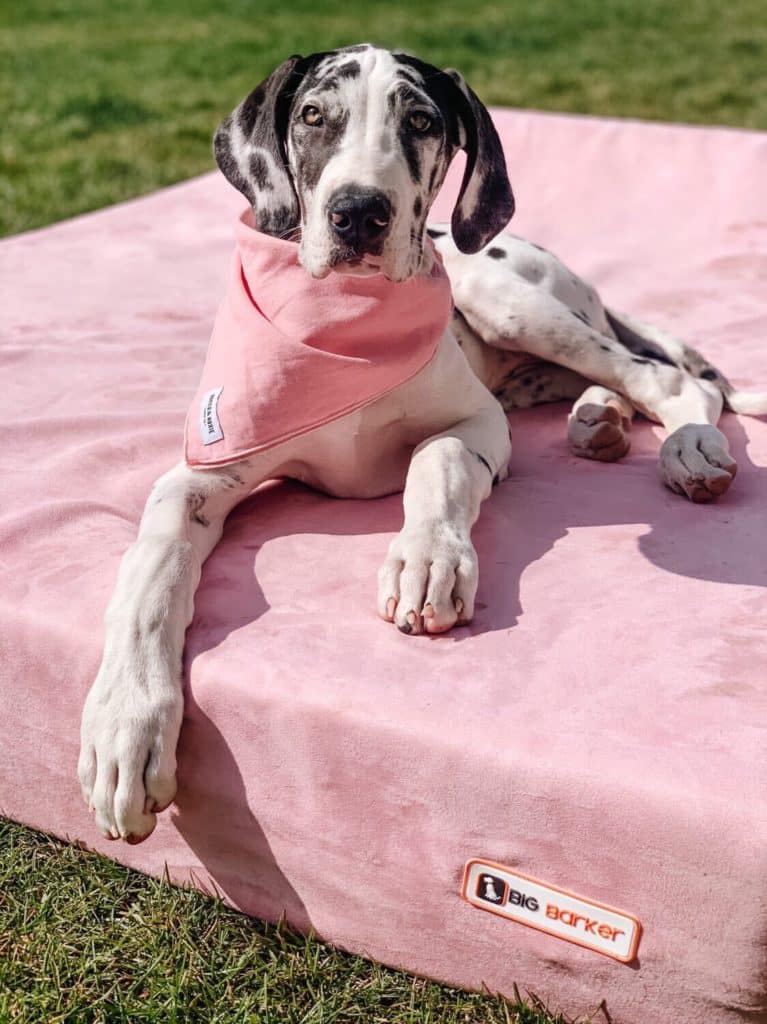
Great Danes are known to live shorter lives, but that does NOT have to be true. If you’ve thought of adding a Great Dane to your family, you should learn everything about their basic needs and care, including the Great Dane lifespan.
How long do Great Danes live?
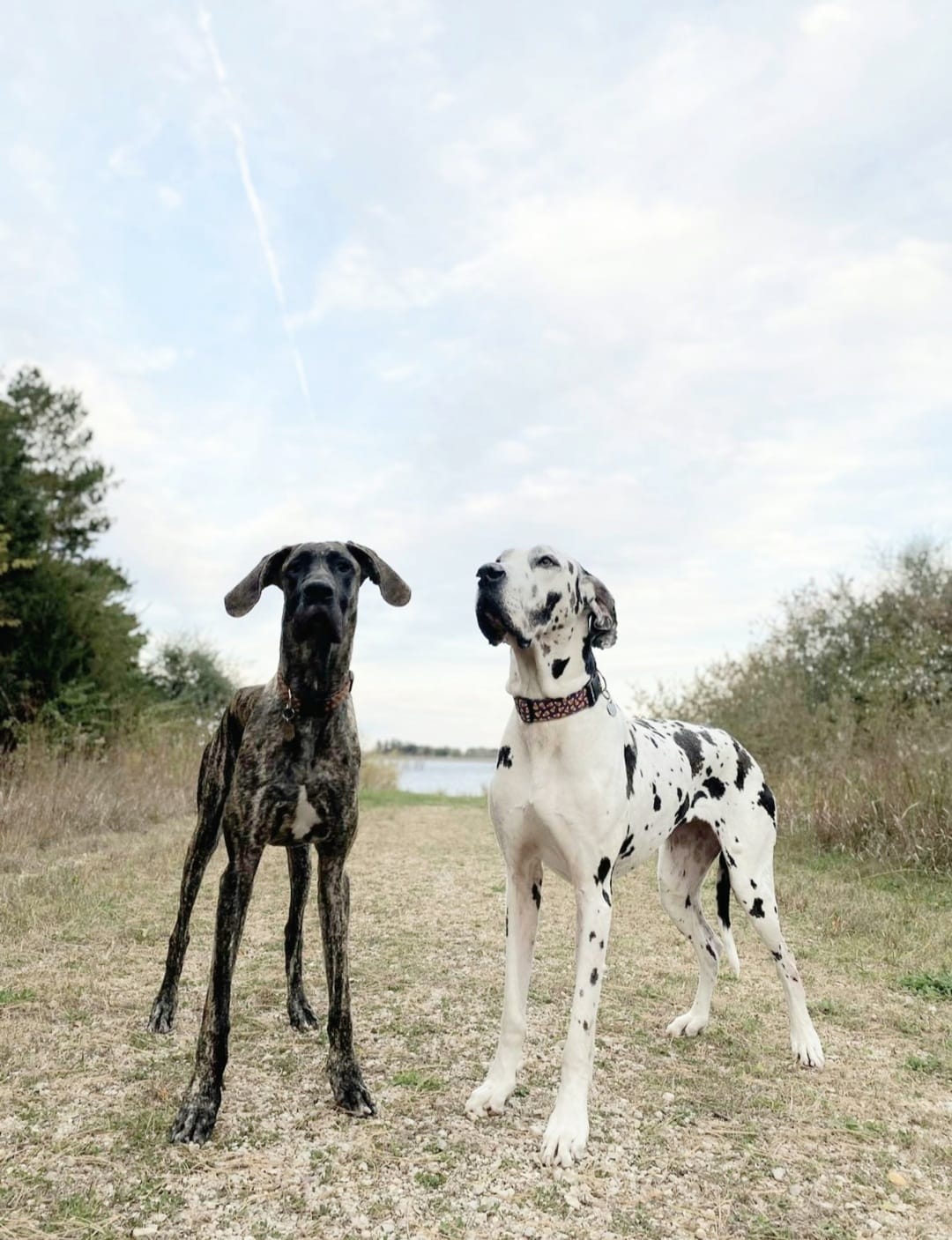
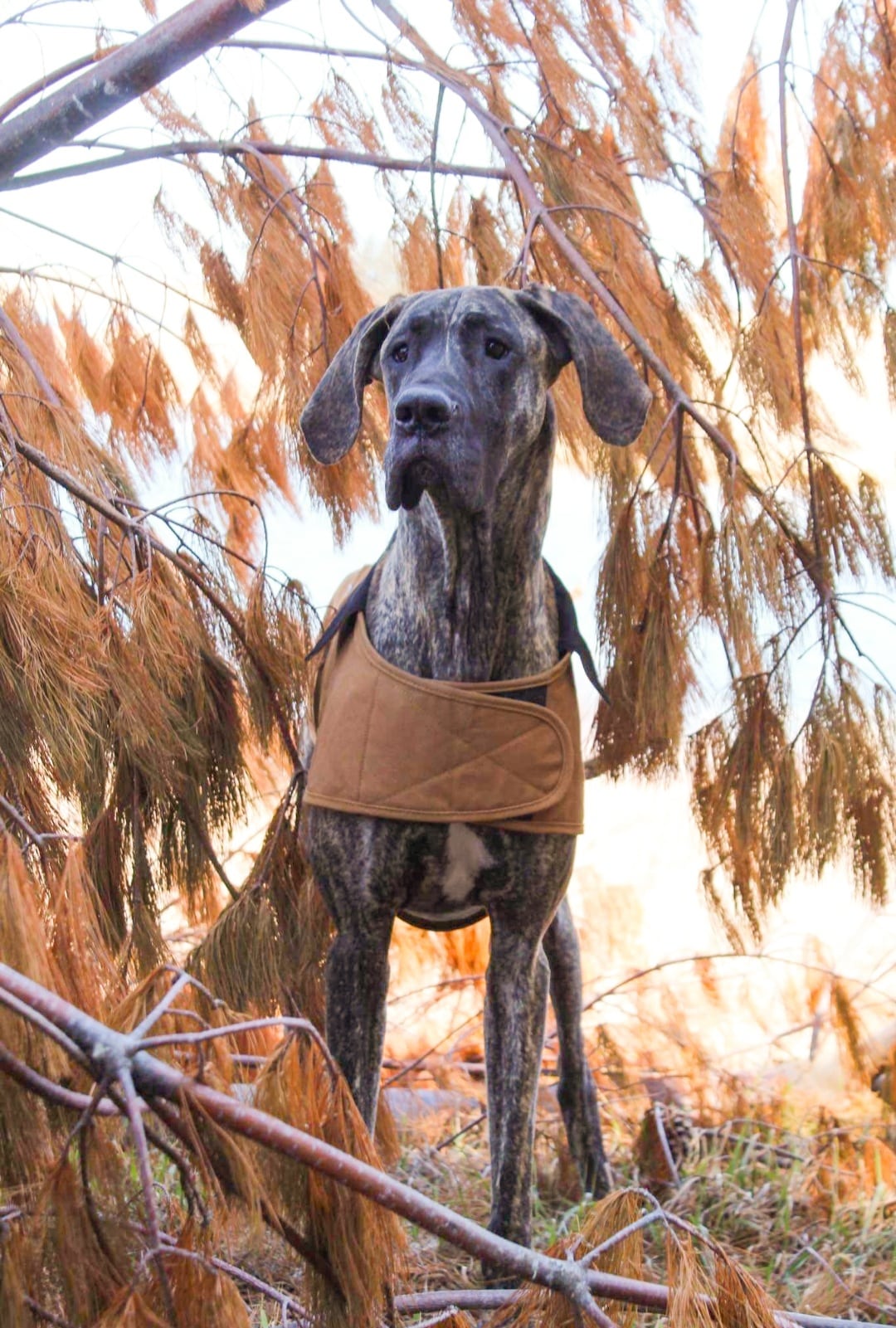
Great Danes live an average of about 8-10 years, according to the AKC. But with good breeding practices and a proper diet and exercise regime, they can live up to 12 years old or more!
GREAT DANE LIFE SPAN – HOW LONG DO GREAT DANES LIVE?
It is well known that Great Danes tend to have shorter lives than other dogs. This is because they are a giant breed and are prone to a number of health problems which may reduce the Great Dane lifespan. (Health Risks in Great Danes)



Some of the health problems that large dog breeds, including Great Danes, are prone to include hip dysplasia, bloat, cancer, and heart disease. All of these things can be genetic, and lead to a shorter lifespan and shorter average life expectancy in the breed as a whole.
Bad breeders perpetuate the health conditions that Great Danes are prone to by breeding ‘Euro’ Great Danes.
Euro Danes: A Big, Droopy Problem
What Does Euro Mean in Great Danes?
Great Danes CAN live long, robust lives. While 8-10 years is the average, many live to be 13 years of age or more! -American Kennel Club
Your Great Dane ‘average life span’ does not need to define them. Dog owners should be equipped with knowledge to help their big dogs live a long and healthy life.
Do you want to learn more about how, as a Great Dane owner, that might be possible?
IS A GREAT DANE’S LIFESPAN ACTUALLY SHORT?
When comparing life expectancy of different dog breeds, it’s very hard for us owners of giant dog’s not to compare a Great Dane’s life with one of smaller dogs.



The truth is, the life span of a Great Dane is indeed shorter than that of other dog breeds WHO are significantly smaller.
Larger dogs, in general, have a short life span, when being compared to teeny dogs such as Chihuahuas etc. (Some Great Danes ARE smaller- people refer to them as ‘miniature’ Great Danes’)
However, I find it interesting when comparing other dogs of both large and giant breed size that Danes actually do not have a ‘short life span’, like many like to state. (especially when they see you out for a walk).
Here are some of the common years / life span of familiar dogs:
- Great Dane: 8-10 years
- Scottish Deerhounds: 8-10 years
- Boxer: 10-12 years
- Mastiff: 6-10 years
- Bernese Mountain Dog: 6-8 years
- Irish Wolfhound: 6-8 years
- Labradors: 10-12 years
- Goldendoodle: 10-12 years
- Pitbulls: 12 years
- Dobermans: 10-11 years
COLORS OF GREAT DANES
Some colors of Great Danes are healthier than others, and might impact the lifespan of your Great Dane.
There are 7 approved ‘breed standard‘ Great Dane colors:
- Black (Black Great Danes, Black Great Dane Puppies)
- Mantle (Mantle Great Danes)
- Harlequin (Harlequin Great Danes)
- Merle
- Fawn (FAWN GREAT DANES)
- Brindle (BRINDLE GREAT DANES)
- Blue (Blue Great Danes)
Some colors are considered ‘off standard’ and typically are associated with health concerns. (Is my Great Dane ‘special’ or ‘off standard’?)
These colors include Double Merle Great Danes, which are White Great Danes with predisposed health conditions such as being blind and deaf.
Read more about off standard colors here: OFF STANDARD GREAT DANES)
Read more about the colors of Great Danes here.
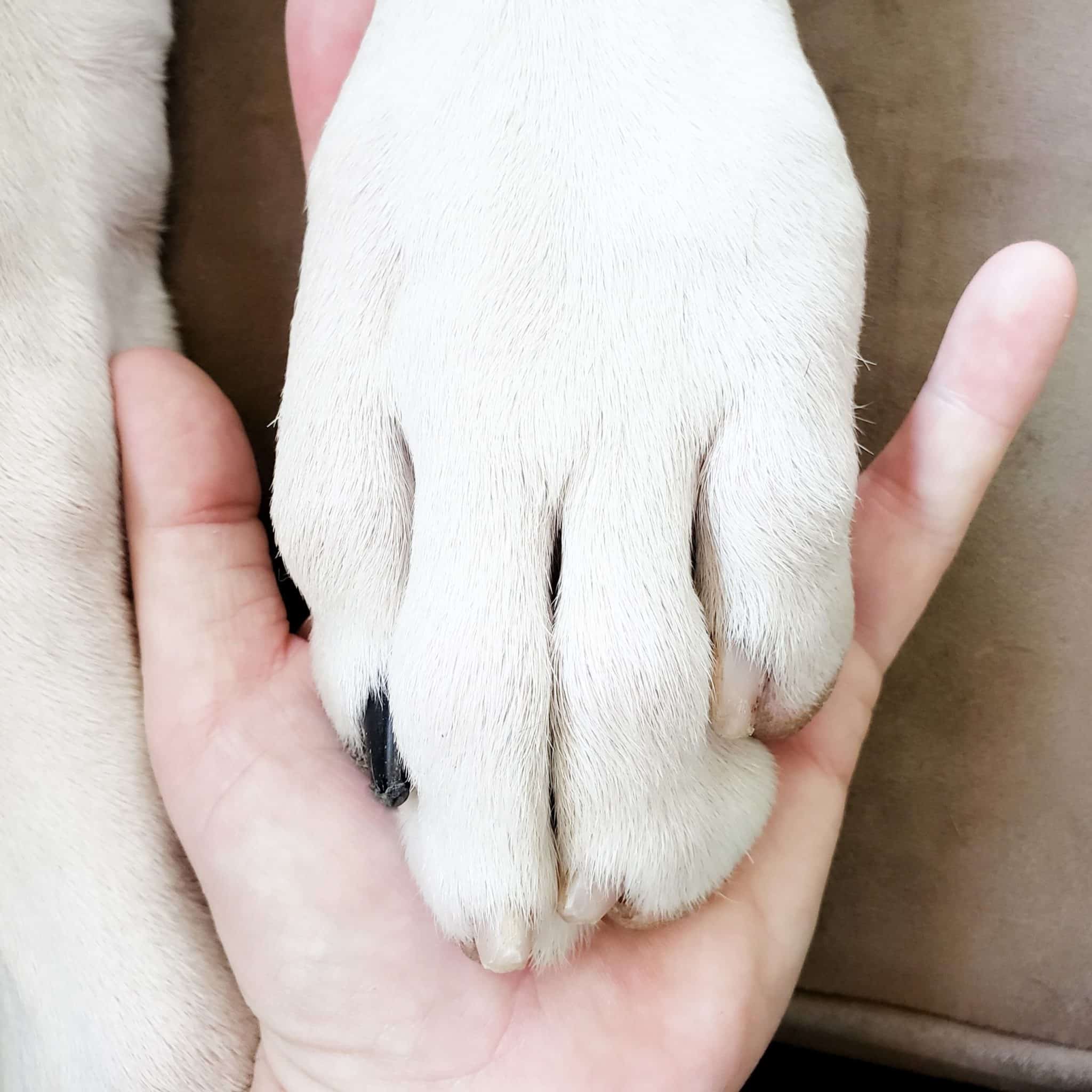
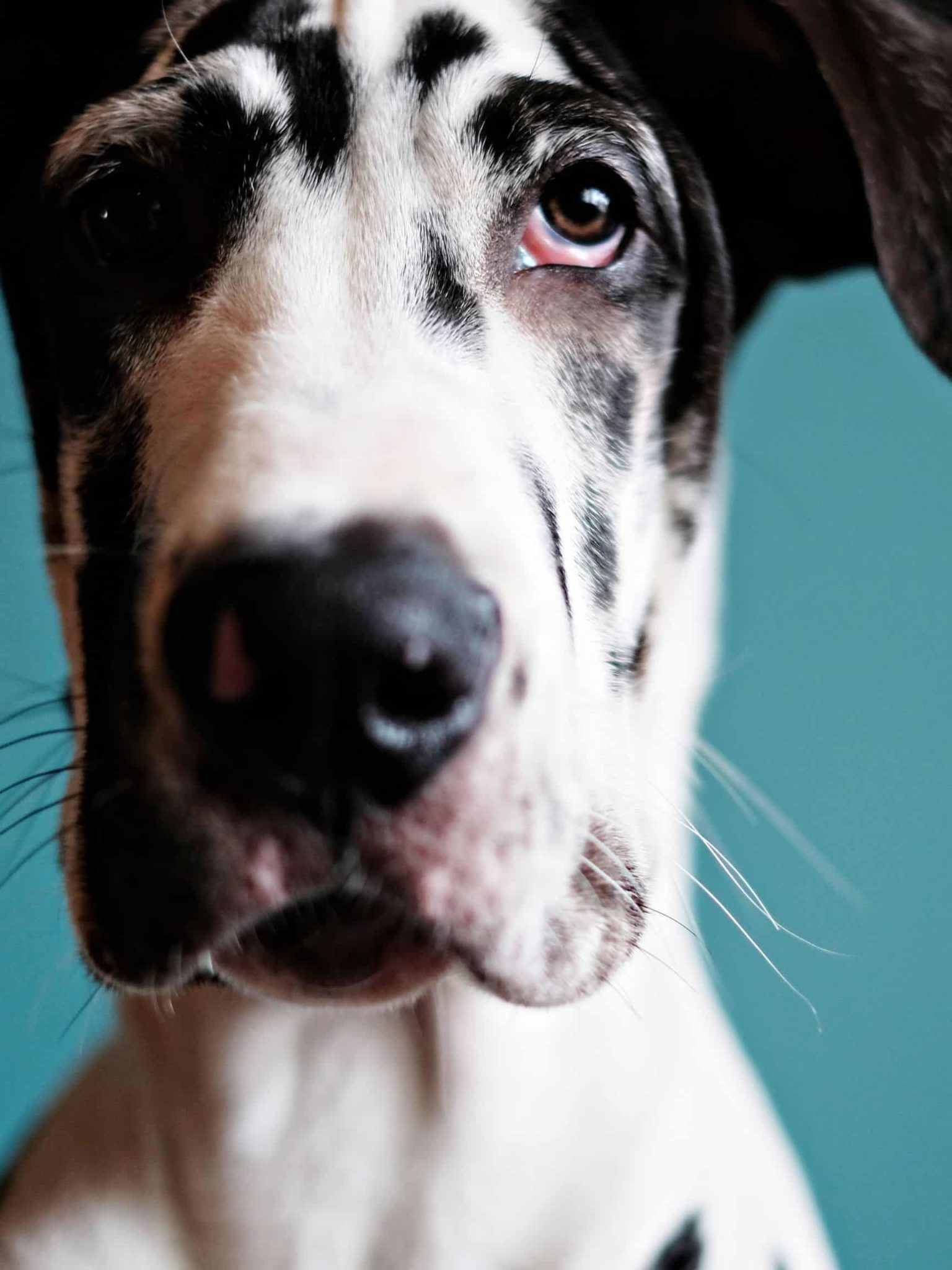
As you can see, other breed’s pups of the same size are ABOUT the same in regards to the dog’s life as a Great Danes.
The biggest job of a large dog owner is to remember that every single year with a gentle giant is actually worth 3 years, as they are just that valuable and precious.
HOW DO I MAKE MY GREAT DANE LIVE LONGER? EXTEND THE GREAT DANE LIFE SPAN.
You can help extend the Great Dane life span, and improve the lives of the breed as a whole by taking the following steps:
- Find a responsible breeder who health tests their dogs (Find a breeder)
- Research and find a diet that is suitable for a Great Dane
- Exercise regularly with the right type of exercise
- Provide enrichment and mental stimulation
- Keep your Great Dane thin and do not allow them to be overweight
- Address issues with gut health.
- Work to help ease Great Danes anxiety as it is a huge risk factor for bloat
- Seek regular vet checkups and preventive care.
ETHICAL BREEDERS WHO PROMOTE GOOD HEALTH
The Great Dane lifespan is, unfortunately, made on average much shorter due to unethical breeding practices.
Great Dane owners are all too familiar with the tragedy of early dog death.
These gentle giants have an average lifespan of 8-10 years, due in large part to unethical breeding practices.
Unscrupulous breeders often prioritize marketing a sale, promoting Great Dane puppies and filling their pockets with money over the health of the dog and future of the Great Dane’s family (that’s you!).
Bad Breeders
Scam Breeders: What to Look For
Breeders: Shady Business
Should I Choose a Breeder or Rescue?
Choosing a Dog From a Show Breeder
What exactly is back yard breeding?
Back yard breeding is NOT just the nasty man down the street who owns a female dog and lets her mate with the neighbors’ intact male.
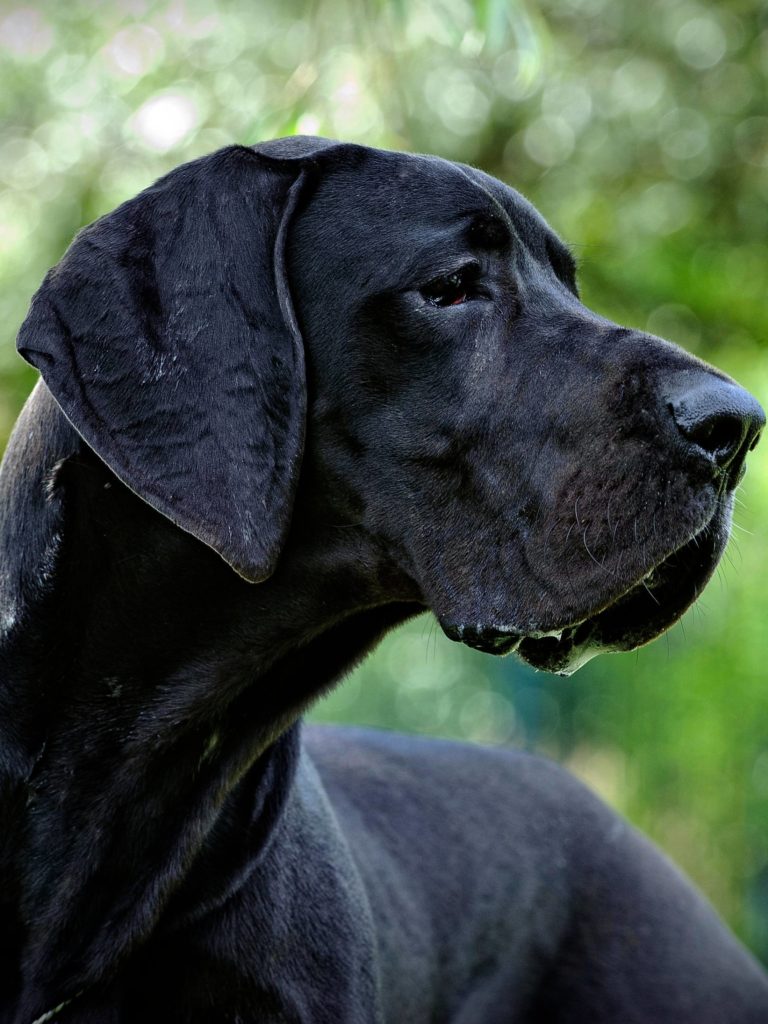
It is anyone breeding dogs without fully health testing their dogs prior to breeding, disregarding any disqualifying faults in the standard, and certainly anyone selling sick puppies.
These ‘breeders’ are often unknowledgeable about Genetics and inheritance of disease.
Bad breeders claim the terms ‘Euro’ without any proof that their genetics began in Europe. This statement is not only dishonest, but can cause a slew of health issues in conformation, including eyelid entropion and obesity.
They are also often unknowledgeable about the Great Dane Standard set forth by the Great Dane Club of America.
Want more information on Great Danes? Read the resources at the Great Dane Club of America. and the Great Dane Club of Canada. Choosing a quality breeder is one of the first decisions you can do to help your dog live a healthy life!
GREAT DANE BREEDERS
ARE YOU GETTING SCAMMED?
BACKYARD BREEDING IS EVERYWHERE!
The biggest problem with back yard breeders is that they do not put any thought into their breeding program or the breed standard. They do not plan their litters, they do not health test or color test their dogs, and they certainly don’t care about the dog’s quality of life or dog’s health.
Some backyard breeders will let their puppies go home before 8 weeks old.
What problems does back yard breeding cause?
Back yard breeding can lead to a host of health problems for the pup and many dog owners.
Great Danes are already at a higher risk for certain conditions like bone cancer and hip dysplasia, so adding irresponsible breeding into the mix only exacerbates these health risks.
GET INFORMED ABOUT BAD BREEDING
WHAT MAKES A BREEDER GOOD?
Ethical Breeders and Huge Dogs
Fortunately, there are ethical breeders out there who are dedicated to promoting the health of the Great Dane breed. Ask a potential breeder for records of their health testing, breeding history, and if they have health concerns like bloat or hip or elbow dysplasia in their lines.
By working with responsible breeders, Great Dane owners can help ensure that their beloved dogs enjoy a long and healthy life. Avoid the scam and get informed about backyard breeders.
What Does Euro Mean in Great Danes?
11 Reasons You Should Not Get a Great Dane as a Guard Dog
14 Exciting Things about Black Great Danes
Tips for Successfully Caring for Great Danes
Euro Danes: A Big, Droopy Problem
Check out this video about why it is important to support quality breeders of giant breed dogs:
APPROPRIATE DIET FOR THE GREAT DANE DOG BREED
Giant breeds are not like other dogs, in that their require many unique things in order to live a happy and healthy life.
One of these special requirements is not only a healthy diet, but a diet that supports the Great Dane body.
Great Danes require a diet that has specific amounts of protein, fat, fiber, and calcium / phosphorus.
GREAT DANE FEEDING CHART
WHAT TO DO IF MY GREAT DANE WON’T EAT
MY GREAT DANE IS TOO SKINNY
I THINK MY GREAT DANE IS TOO SMALL
Protein is important for muscle development and maintenance.
Fat is important for energy, insulation, and healthy skin and coat.
Fiber is important for proper digestion.
Calcium is important for strong bones and teeth and must be at a 1:1 ratio with phosphorus for appropriate support of the dog’s joints. Without this ratio, you will not have a balanced diet and this can lead to huge issues.
A quality and healthy diet can really help dogs develop their best possible chance at longevity and a good quality of life.
Avoid boutique foods AT ALL COSTS- like this one. (Read full review)
There are many available foods that meet the requirements for a Great Dane, so talk to your breeder or veterinarian about what food they recommend or check out our raw recommendations here:

Treats and Bones for Great Danes:
We love a good Great Dane snack! But it’s important to make sure that any treats or bones you give your Dane are appropriate for their size.
When selecting snacks or bones for your Dane, always err on the side of caution and go bigger!
Here are some of our favorite treats:
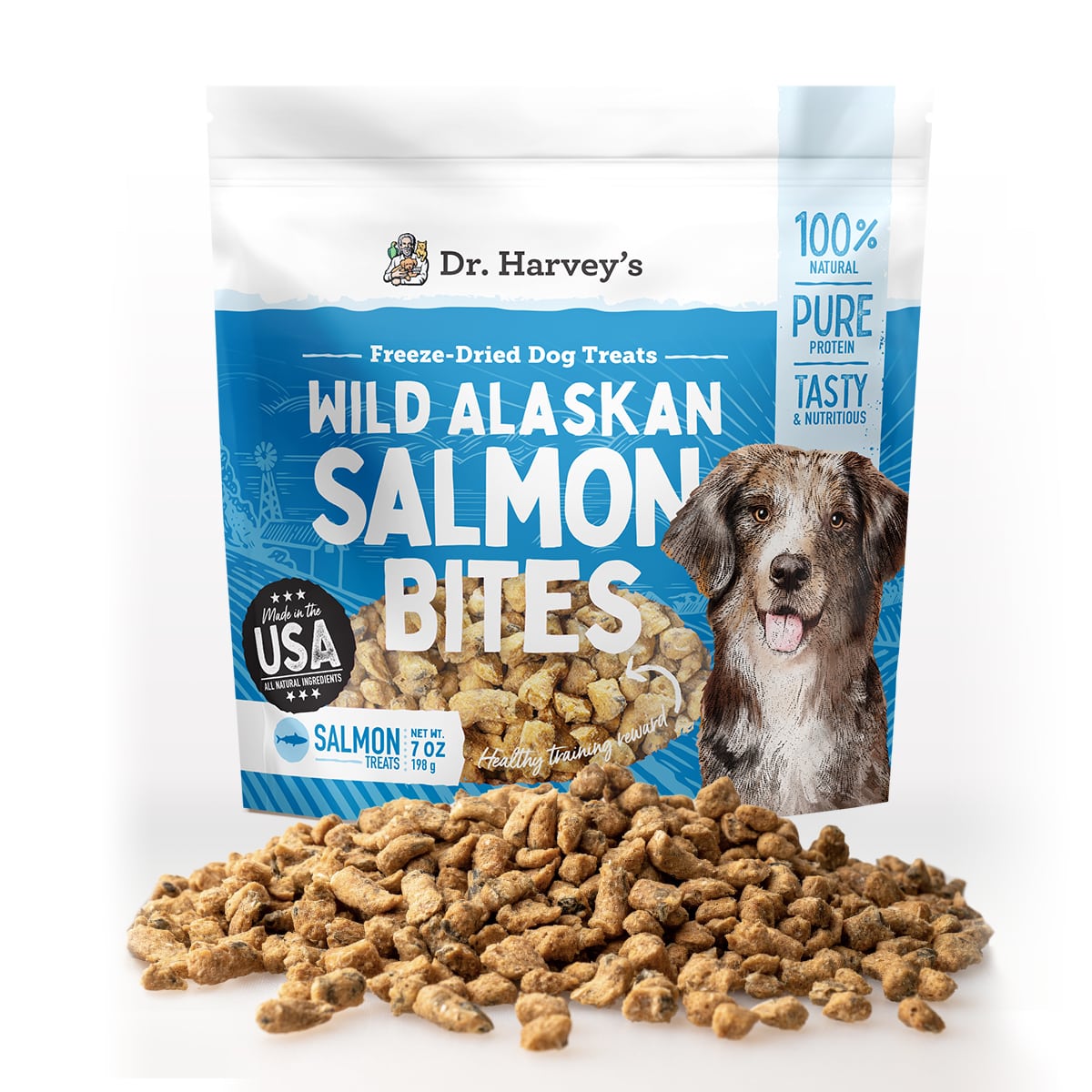
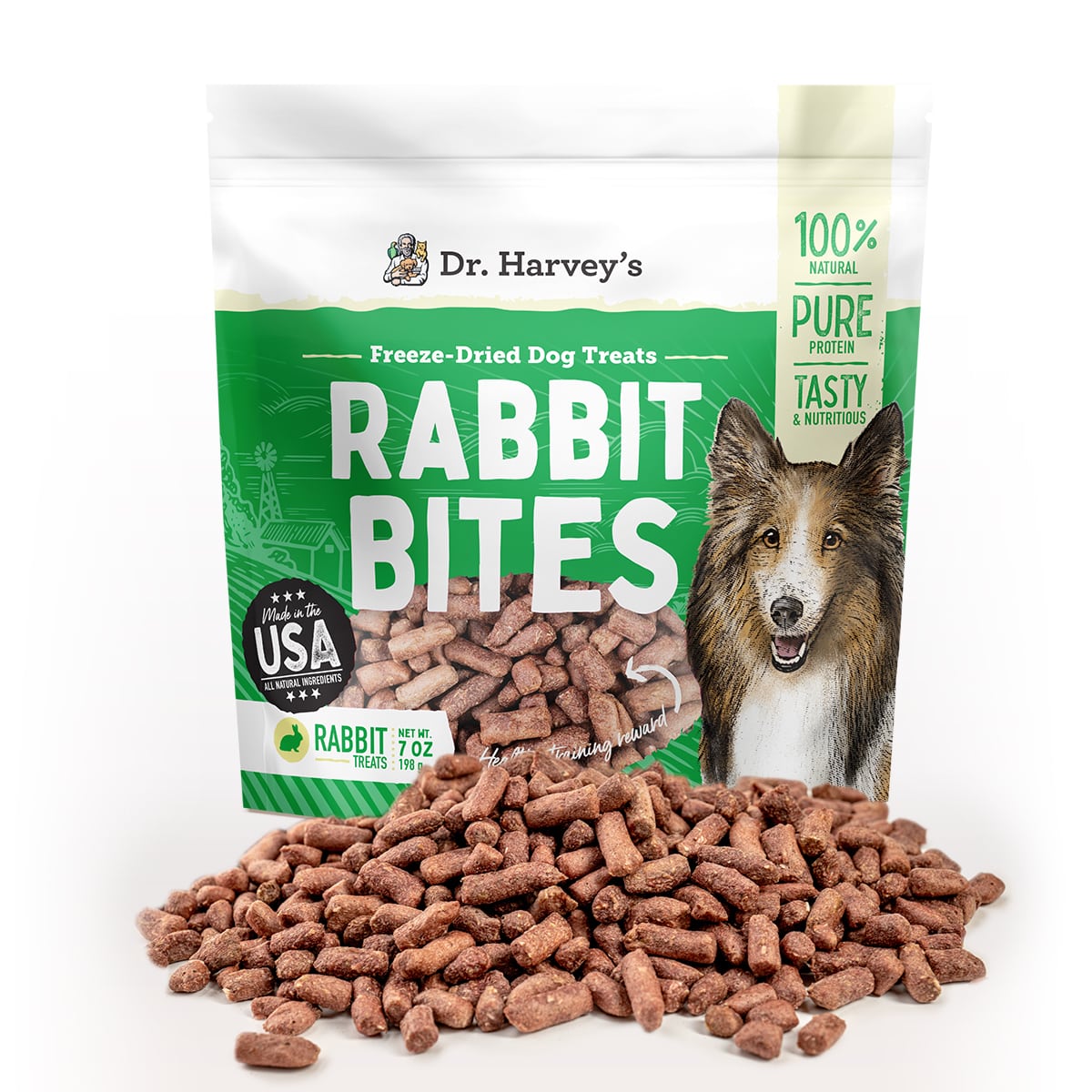
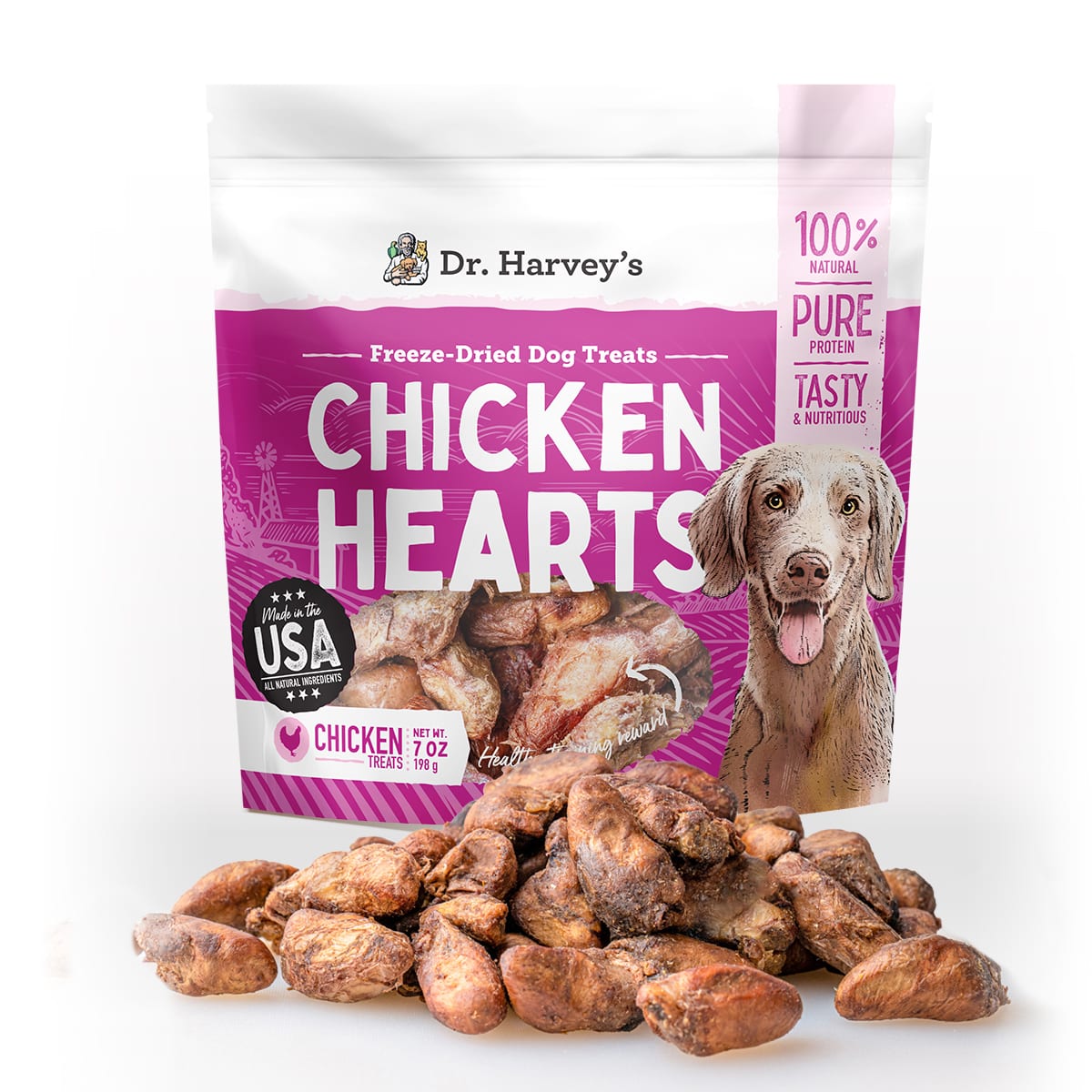
When choosing a bone or chew for your Great Dane, do NOT choose rawhide! Instead, choose something that is chemical free and safe to consume, like this:


PROVIDING EXERCISE THROUGHOUT YOUR DOG’S LIFE
Proper exercise throughout a Great Dane life includes offering plenty of free play and exploration on soft, varied terrain. For this reason, we believe that all Great Danes should be reliably off-leash trained!
Great Danes were NOT designed to be stagnant. They were designed to be active, hunting boars!
Now, a Great Dane lifespan is NOT determined by whether or not your Great Dane dog is raised hunting boars- but you get the point.
Make those hind legs work. Get those Great Danes working, playing, moving, exercising.
Swimming with your pup is an EXCELLENT form of exercise!
Exercise, fresh air, muscles and movement are medicine to both animals and humans.
Great Danes are no different- they need to be active. Such dogs will remain the healthiest for the longest.
GIVING OPPORTUNITY FOR ENGAGEMENT ACTIVITIES FOR GREAT DANES
Providing your Great Dane dog with engagement activities is an absolute must.
Engagement for Great Danes can consist of , but is not limited to:
- Food Games– Kongs stuffed with different types of foods, slow feeders, treat dispensing toys, etc.
- Brain Games– Learning tricks, working on an obedience command, and even agility courses!
- Socialization Opportunities– Going to the dog park, doggy daycare, or hiring a dog walker / dog sitter to come over and provide some playtime while you’re away. Check out our socialization guide.
- Enrichment Activities– Making homemade toys, going on different types of walks (scent walks, urban hikes, etc.), playing games (hide and seek), and more.
SHOULD MY GREAT DANE BE AROUND KIDS? ARE GREAT DANE PUPPIES GOOD WITH KIDS?
My Great Dane Puppy Is Bored
Engagement starts with a Great Dane puppy and continues throughout the entire Great Dane lifespan.
If you have a bored, unengaged Great Dane puppy- that is a recipe for disaster.
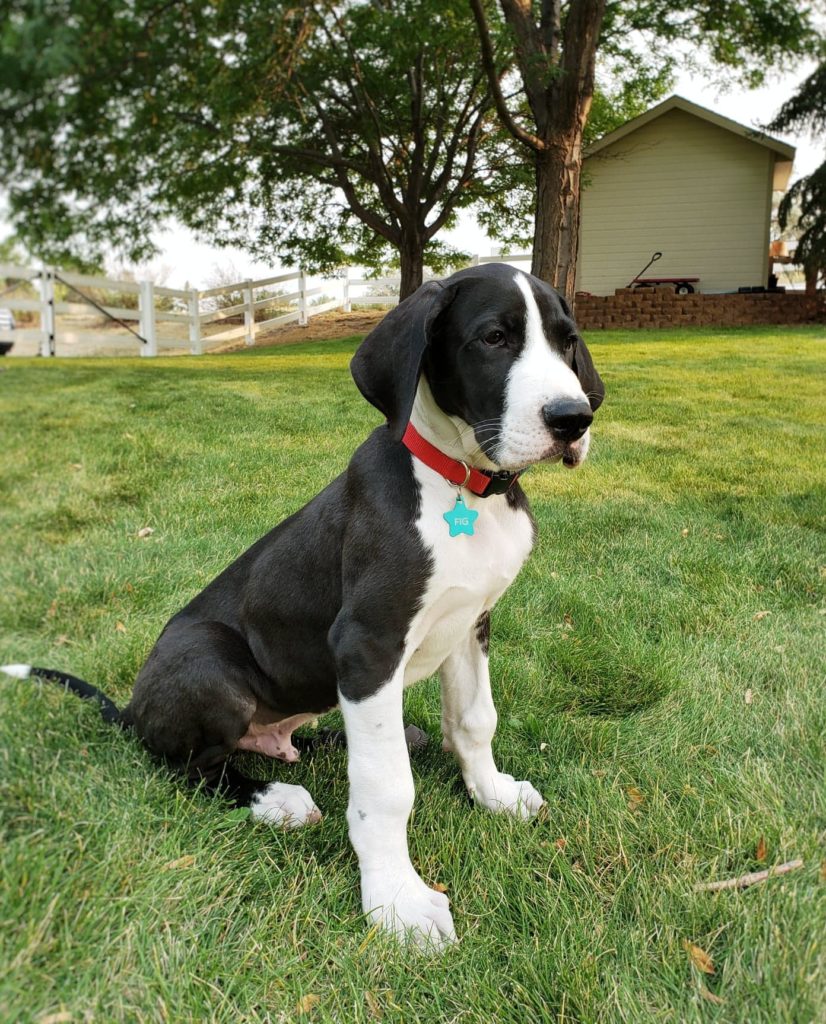
A bored puppy will often turn to destructive behaviors like chewing and digging.
They may start to develop separation anxiety or become anxious in general.
IS MY PUPPY PLAYING OR BEING AGGRESSIVE?
MY PUPPY WON’T STOP BARKING!
Puppyhood is the time to lay the foundation for a lifetime of engagement and keeping your Great Dane’s brain working.
Not only will this set up your Great Dane for an active / smart / engaged and hard working brain, but it will help them live a happy life.
After all, who likes to be bored?
KEEP YOUR GREAT DANES LEAN
Not just in a Great Dane, but in ALL breeds, just a few extra pounds can shorten their life. Great Dane puppies grow fast- and should be kept on the lean side!
Miniature Great Danes: The Pocket Size Version
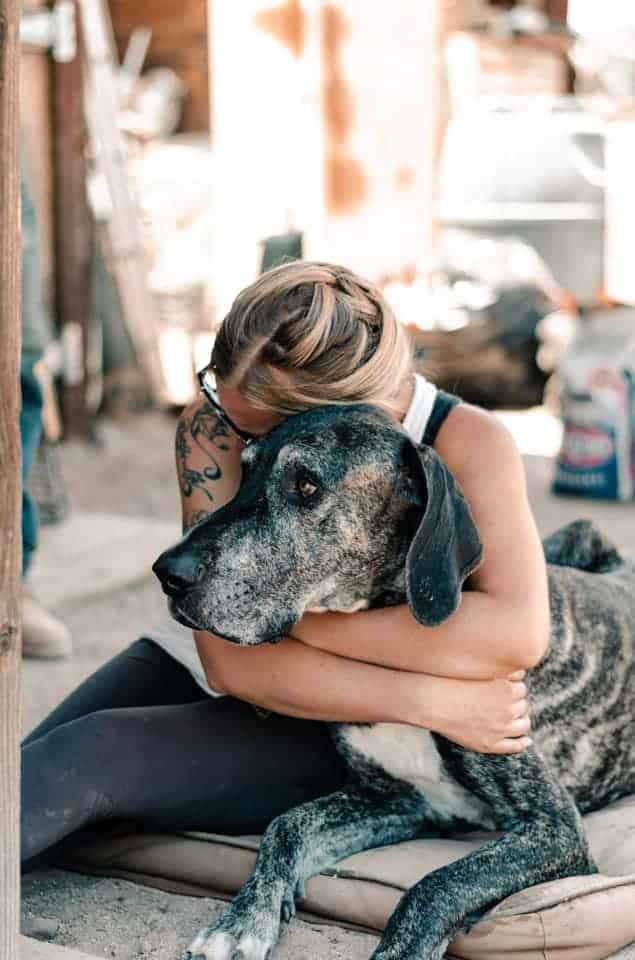
Obesity in the breed is truly something that is causing many Great Danes excessive pain and making Great Danes die early. Great Danes suffer and sometimes even have a short life due to being overweight.
If you really want your Great Dane dog to live the longest they possibly can, work to keep them lean and thin from the time they are Great Dane puppies until they are adults!
HOW TO STRENGTHEN YOUR DOG’S FEET
SHOULD I TAKE MY DOG TO THE DOG PARK?
PLAY IN THE MUD! IT’S GOOD FOR YOUR DOG!
There is almost no such thing as a Great Dane that is too thin and it has been shown time and time again that thin dogs live very long lives.
REDUCING STRESS IN GIANT BREEDS
Stress is one huge contributing factor in bloat: One of the number one causes for why Great Danes die.
What is bloat?
Bloat is when a dog’s stomach fills with gas, food or fluid and twists. This is a life-threatening emergency and often leads to death if not caught in time and treated properly.
When the stomach fills up with air, it twists, causing torsion. Torsion then cuts off blood supply to all important organs.
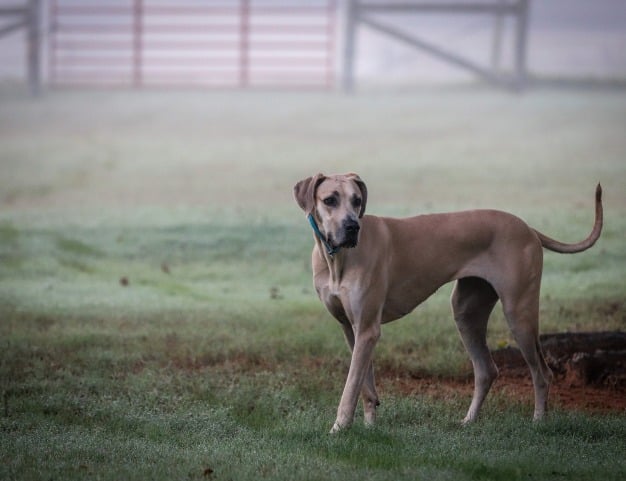
Bloat can happen very suddenly and without warning. Great Danes are particularly susceptible to bloat because of their long, deep chests.
Why does stress contribute to a short Great Dane lifespan?
Stress and anxiety have been shown in Great Danes as one of the top contributing factors to inducing bloat.
When a dog is stressed, their cortisol levels go up. Cortisol is a stress hormone that causes the stomach to produce more acid.
The increased acidity in the stomach can lead to ulcers and an inflamed gastrointestinal tract- both of which are huge risk factors for bloat.
So not only does stress play a factor in your Gentle Giant ‘s life expectancy, but it also can be a direct cause of death.
What are some things that you can do to reduce stress in your Great Dane’s life?
- Make sure they have plenty of engagement activities (as discussed above).
- Avoid using aversive training techniques and instead focus on positive reinforcement.
- Create a calm environment in your home- this means no yelling, giving them their own space to call their own (Crate), and no chaotic energy.
- Take them on walks in nature or to the dog park to run off some energy and get fresh air.
- Make sure they have a comfortable place to lay down that is all their own and away from any commotion in the house.
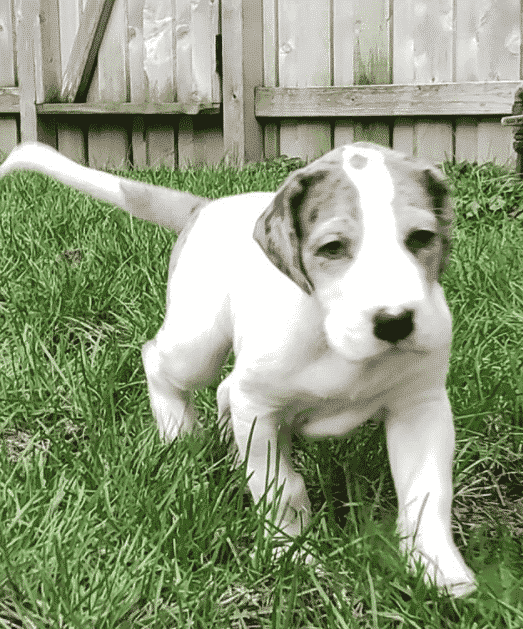
The Best Crate for a Great Dane Puppy: Click Here
SEEK REGULAR VETERINARY ADVICE
If you have a Great Dane, you will find out soon that you need to find a team of Great Dane experts to help you with their care.
This means finding a veterinarian that sees a lot of Great Danes and has experience with the breed.
You want to find someone who is familiar with the common health problems that plague the breed and can help you catch any early warning signs.
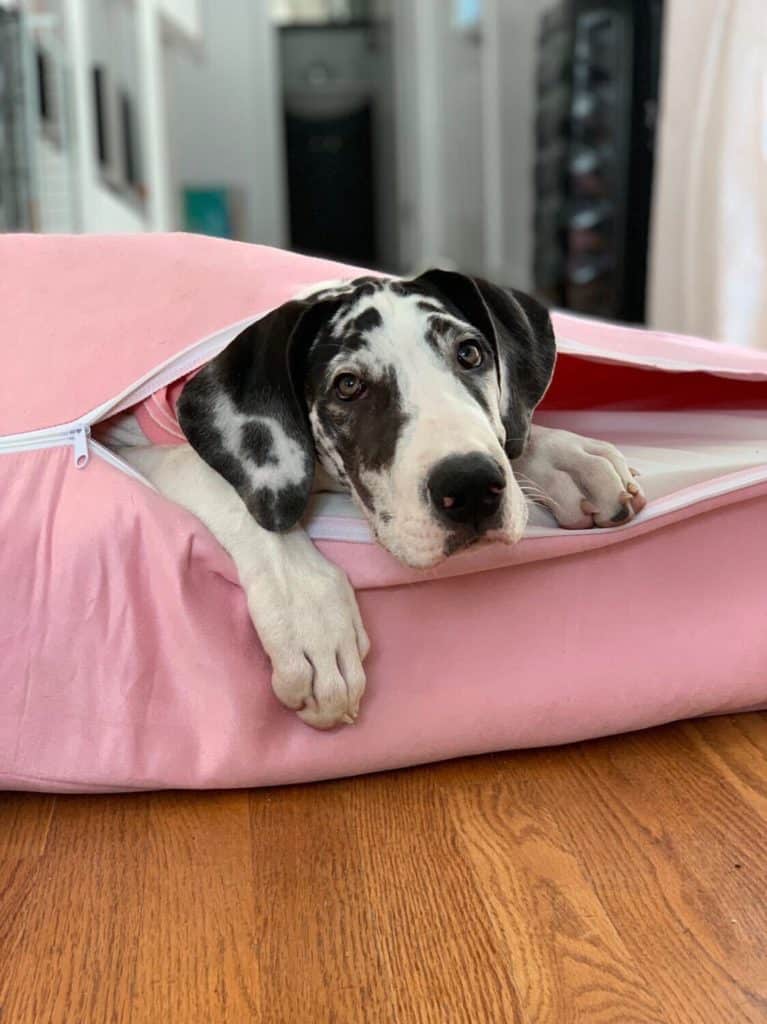
Some veterinarians even specialize in giant breeds- so if you can find one of those, that is ideal.
But even if you can’t find a giant breed specialist, as long as you have a good rapport with your veterinarian and they are familiar with the common health concerns of Great Danes, that’s a good start.
The bottom line is: You want to be proactive about your Great Dane’s health and not wait until there is a problem to see the vet.
An ounce of prevention is worth a pound of cure, as they say.
So take your Gentle Giant for regular check-ups, even if they seem healthy.
This will help them stay healthy and catch any problems early on, before they get out of hand.
GREAT DANE’S LIFE SPAN AND HEALTH PROBLEMS ASSOCIATED
The Great Dane dog is a gentle giant. But even though they are one of the tallest dog breeds, they don’t have one of the longest lifespans.
Like stated, the average lifespan of a Great Dane is about 8-10 years.
This is shorter than many other dog breeds their size.
So what causes such a short lifespan in Great Dane?
Health Issues:
- Pyometra: Female Great Danes are prone to developing a condition called Pyometra. This is an infection of the uterus that can occur after they have been spayed. If not caught early, it can be fatal.
- Joint Disease: Great Danes are also susceptible to Hip and Elbow Dysplasia. Dysplasia is when the joint doesn’t form properly and leads to arthritis. This is a very painful condition that can make it hard for your dog to walk. Joint disease is the number one cause of elective euthanasia in dogs.
- Bloat: Another common health concern in Great Danes is Gastric Dilatation Volvulus- more commonly known as GDV or bloat. Bloat happens when the stomach fills up with gas and then twists. (as spoken about previously).
- Prostate Issues: Male Great Danes are prone to developing a condition called Benign Prostatic Hypertrophy (BPH). This is when the prostate enlarges and can cause difficulty urinating. If not treated, it can lead to an infection or even kidney failure.
- Heart Issues: Cardiomyopathy is another common health concern in male Great Danes. This is a heart condition that can lead to congestive heart failure and be a reason why Great Danes die early.
As you can see, there are a number of health problems that are common in Great Danes. Some of these conditions can be prevented with regular vet check-ups and some cannot.
THE SINGLE MOST IMPORTANT THING
If you are a Great Dane lover, you should advocate for choosing responsible breeders.
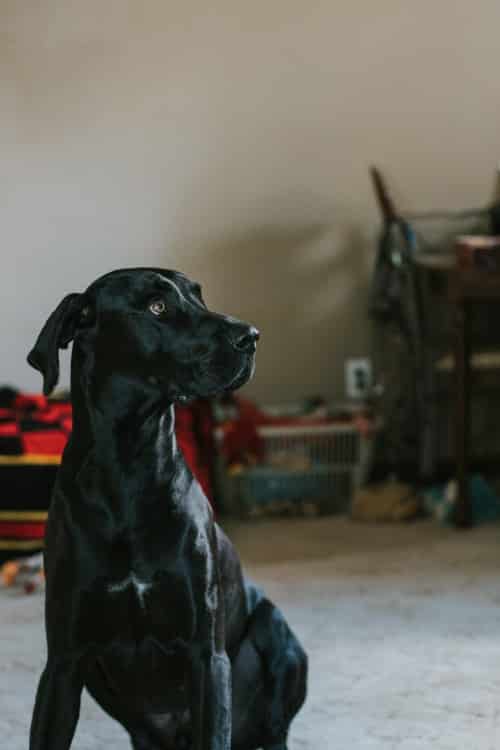
Nobody should buy a Great Dane on Facebook, Craigslist, or any other online marketplace.
These are not reputable breeders and there is no guarantee of the health or temperament of the dog.
A responsible breeder will have their dogs examined by a veterinarian and cleared of any health conditions before they breed them.
They will also be able to provide you with paperwork proving that the dog is healthy.
When you buy a dog from a responsible breeder, you are helping to improve the health of the breed as a whole.
So if you are thinking about getting a Great Dane, please do your research and choose a responsible breeder who works to keep your Great Dane healthy.
READ MORE:
Zeus the Great Dane: The World’s Tallest Dog
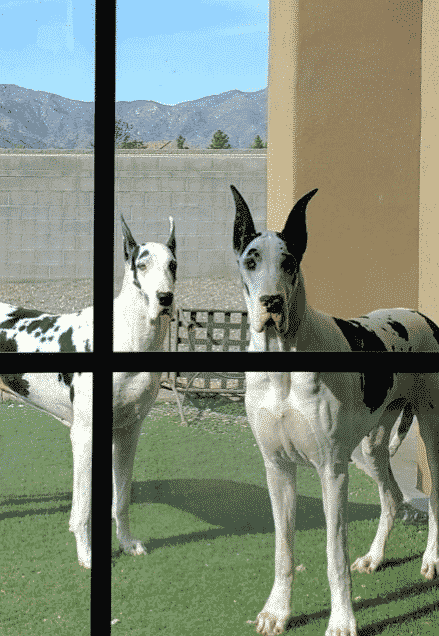
JOIN OUR COMMUNITY
Do you like modern positive+balanced off-leash dog training, science-based information, life with Danes, educated ownership and chatting with other like-minded people?
Join our growing Facebook group!


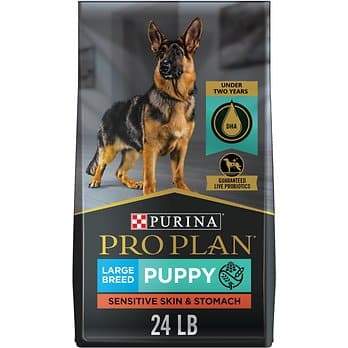
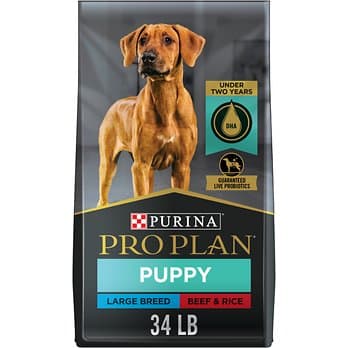
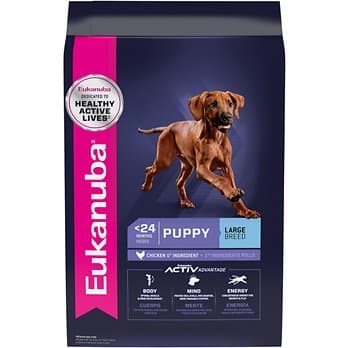
Leave a Reply